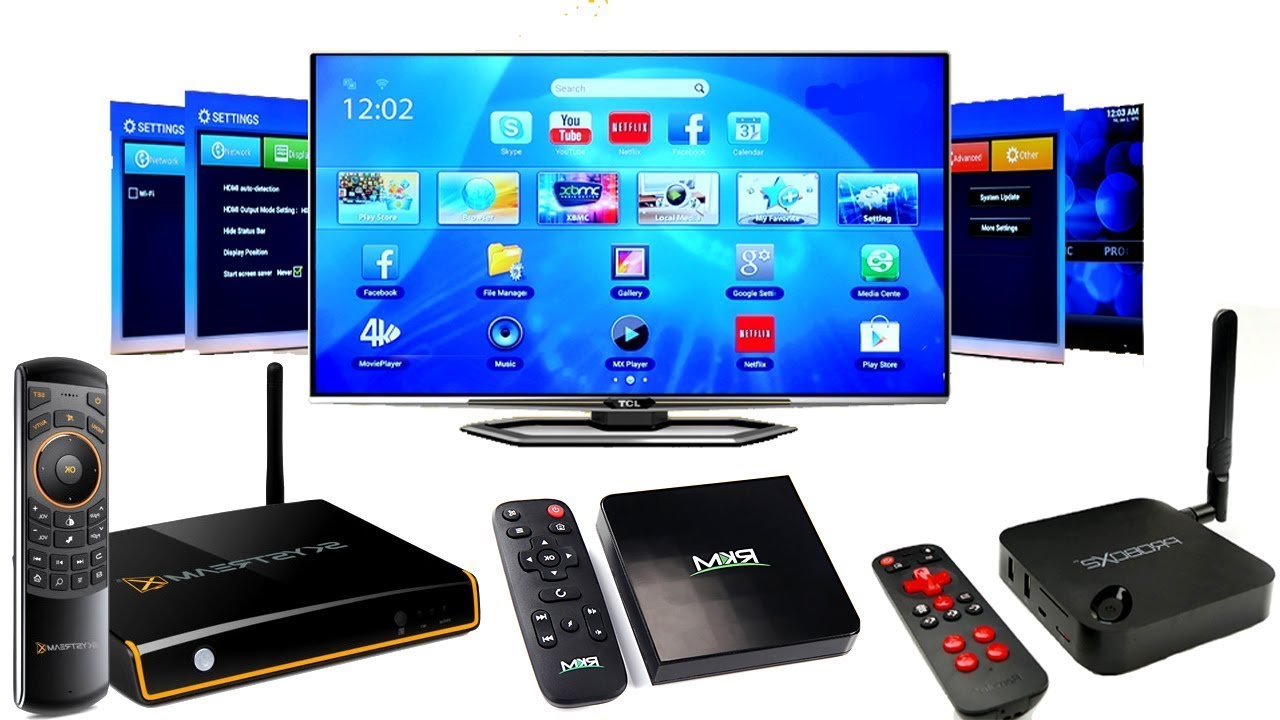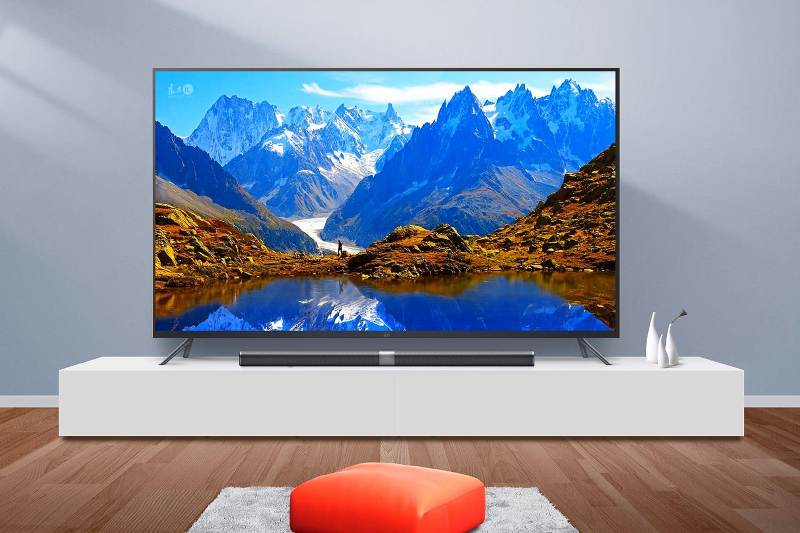
Which Android TV to buy? What does Android TV do?
Content
Among the Smart TVs most often chosen in terms of operating system, Android models stand out. Why should you choose it? Why do I need Android on a TV and which model should I choose?
What is Android TV?
Android TV is one of the operating systems used in smart TVs or smart TV models. It is owned by Google and is part of the Android family of systems, with smartphones being the most popular, followed by tablets, netbooks, and even e-readers or smartwatches. The TV version is adapted to support TVs and is responsible, in other words, for the entire digital salon.
One of the reasons why Android TVs are so popular is undoubtedly the high compatibility of all Google devices. So if you have other devices from this family of androids, then you have the opportunity to create their entire network, conveniently connecting one to the other. However, this does not mean that owners of, for example, iPhones will not be able to connect them to Android TV! Here, too, there is such an option, but the most convenient and functional is always the pairing of devices from the same manufacturer. What is Android on a TV for?
What does Android give you on your TV?
You already know what Android TV is, but this information does not explain what it is used for in TV programming.. Operating systems are designed to make the management of the equipment as easy as possible, this applies to all devices on which it is installed, including computers. They are a real digital command center that allows you to control the device without special knowledge in the field of electronics, computer science or programming. Thanks to them, after starting the TV settings, you see a transparent menu instead of, for example, issuing a command with zeros and ones.
Android on a TV is primarily to make browsing channels, downloading and launching apps, or using the browser as intuitive as possible. Today's devices of this type are not only television, but also streaming platforms such as YouTube, Netflix or HBO GO, or, for example, the aforementioned ability to pair a TV with a smartphone. It is based on a wired or wireless (via Wi-Fi or Bluetooth) connection of both devices, thanks to which you can, for example, display photos and videos from the phone gallery on a large screen or transfer the desktop from a laptop, transfer a presentation to a TV screen.
How is Android TV different from Android on smartphones?
Each operating system has its own specific appearance, which is repeated on devices of the same brands. All Samsung S20 with Android in one version have the same interior and any owner of such a smartphone will recognize this system. It might seem that the same would be used for TVs as well, but some difference in appearance and functionality is to be expected here. This is of course due to the difference in screen sizes and the general purpose of the hardware.
Android TV differs from the smartphone version in terms of graphics and available options. This is even more minimalistic and transparent because it should make it easier for the user to access the most important settings or features. What unites both versions of the system is, of course, intuitiveness and ease of operation.
Therefore, you can be sure that when you want to scroll through a long list of available channels or find the right app, you won't have to search long. On the contrary, sometimes it is enough to use only one button on the remote control, because some models have additional buttons, such as Netflix.
Which Android TV to choose?
There are a few basic options that determine which Android TV to choose. Be sure to read them before purchasing a particular model:
- Screen diagonal - expressed in inches. The choice is really wide, from 30 to even over 80 inches.
- permission the TV – HD, Full HD, 4K Ultra HD and 8K: There are plenty of options here too. Higher is supposed to be better as it indicates more detail and therefore image quality.
- Exact dimensions - be sure to measure the existing TV cabinet or a place on the wall intended for hanging a new TV. Check the height, width and length of the available space to fit the model you are interested in, then compare these values with the dimensions of the TV in the technical data.
- Matrix type – LCD, LED, OLED or QLED. There are many differences between them, so we recommend that you read our articles on these parameters: "Which LED TV to choose?", "What does QLED TV mean?" and “Which TV to choose, LED or OLED?”.
- Energy class – the more energy efficient the model, the less environmental pollution and the greater the savings associated with energy consumption. The most efficient are models with a class close to the symbol A.
- Screen shape - straight or curved: here the choice is one hundred percent dependent on your personal preferences.
Before buying, you should compare at least a few models that fit your budget, compare the parameters described - thanks to this, you will be sure that you are buying the best.
More manuals can be found on AvtoTachki Passions in the Electronics section.
:
